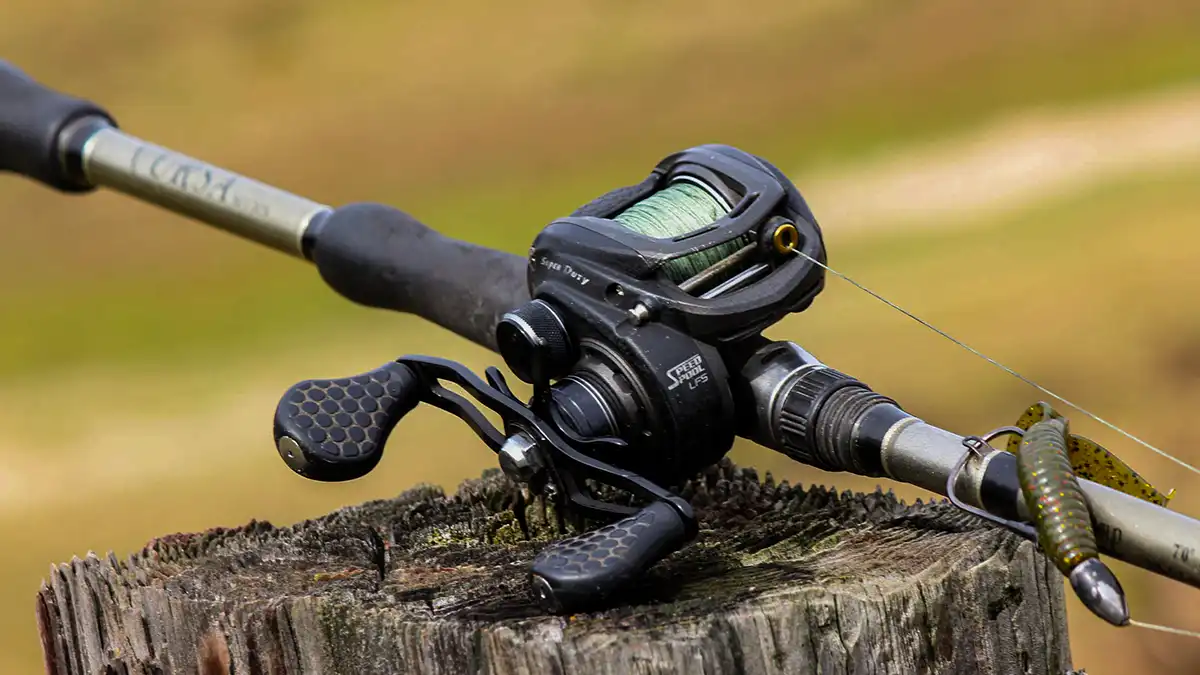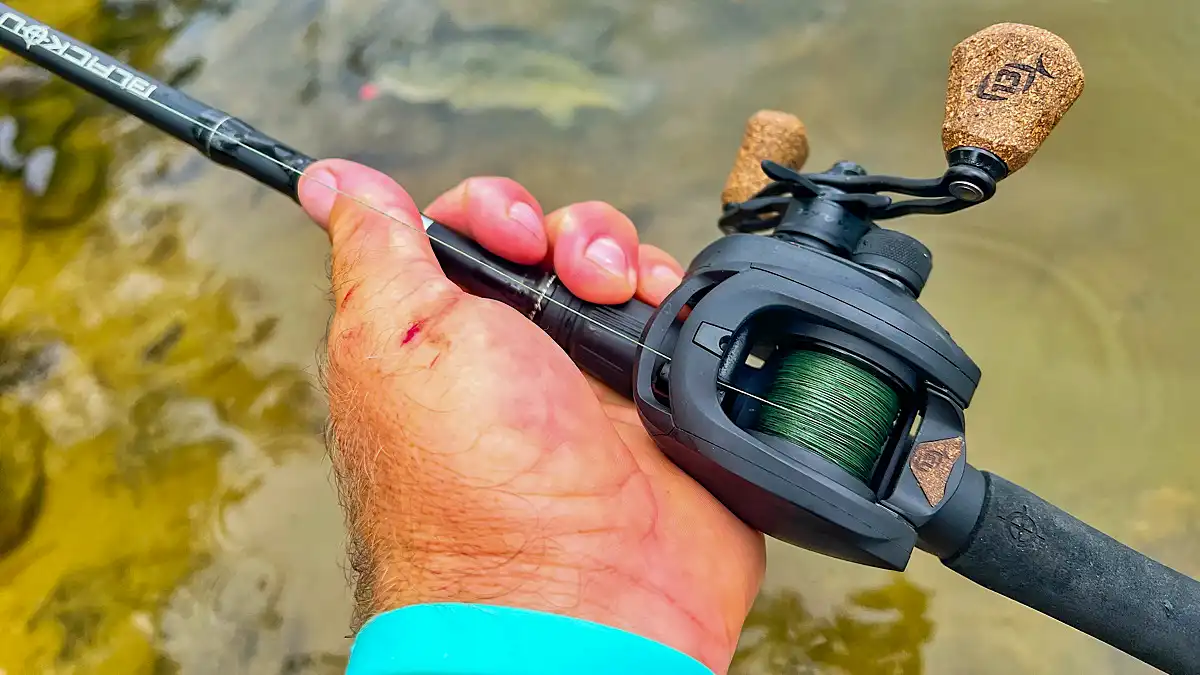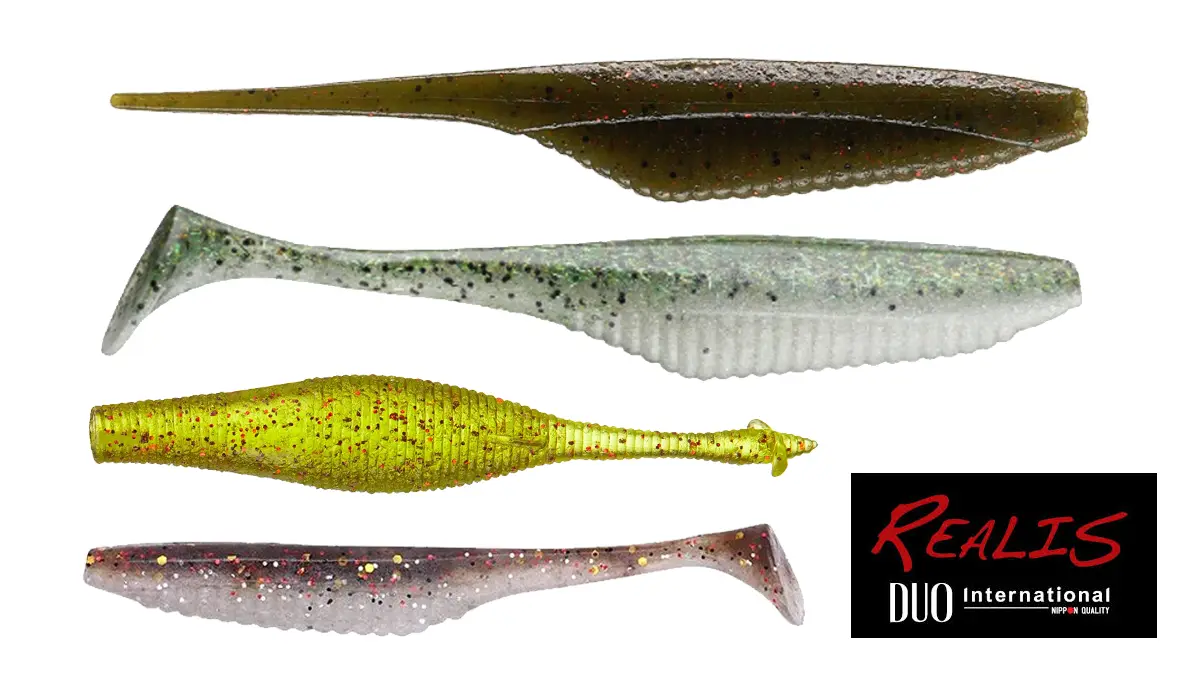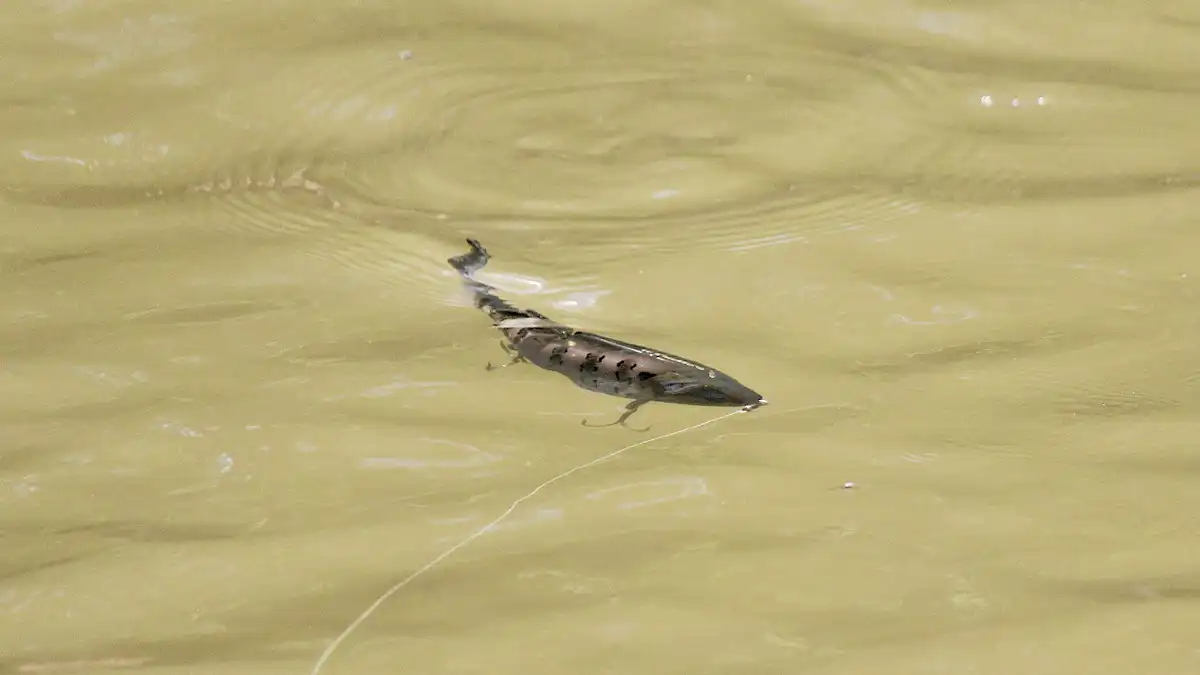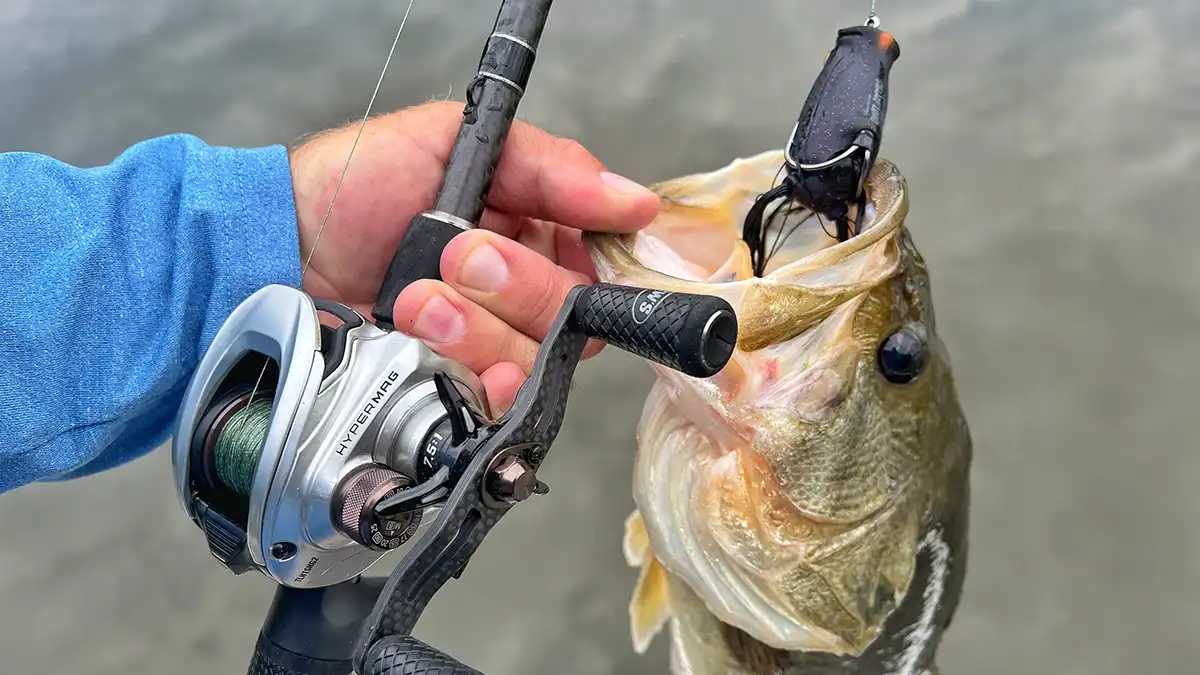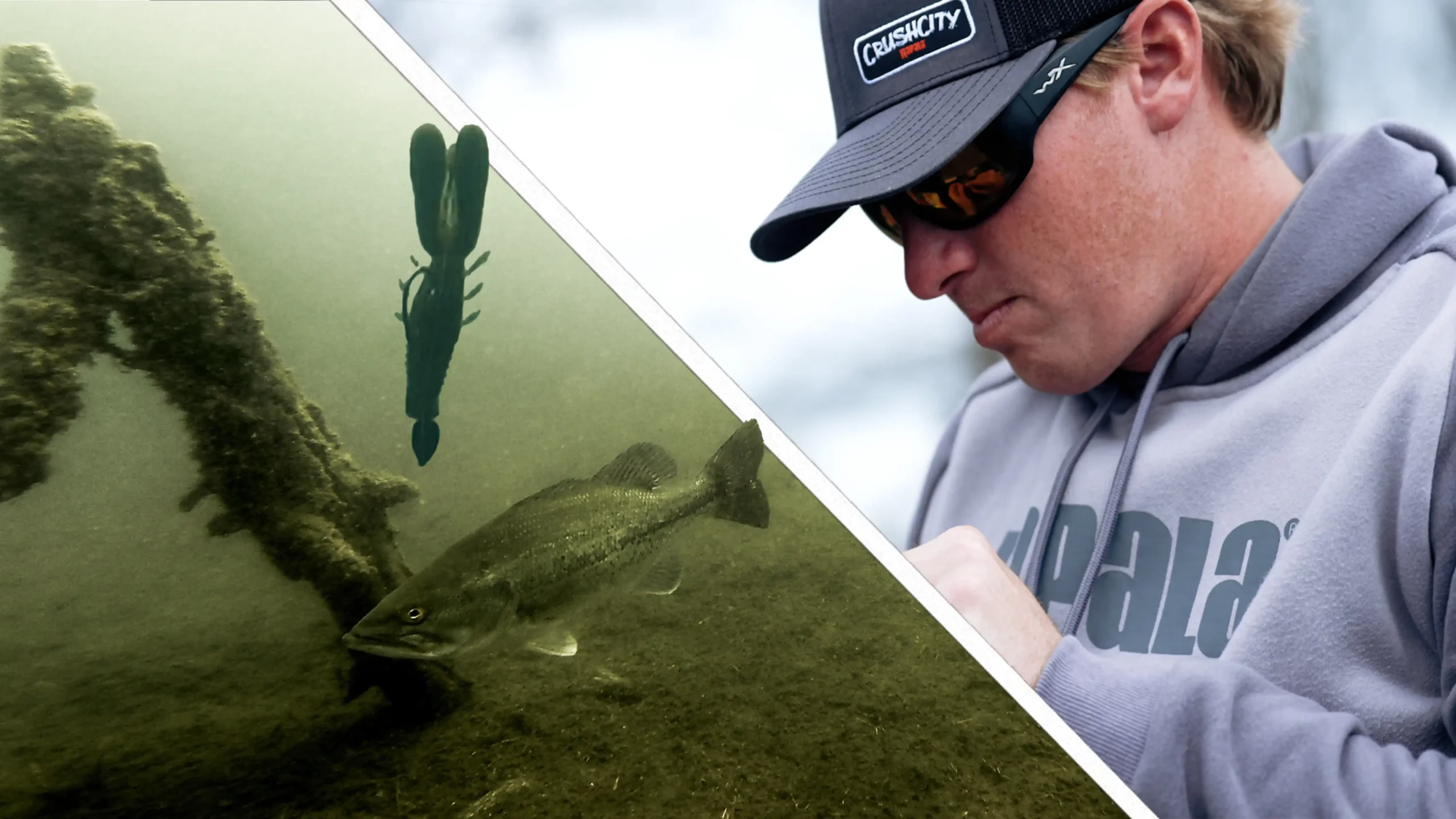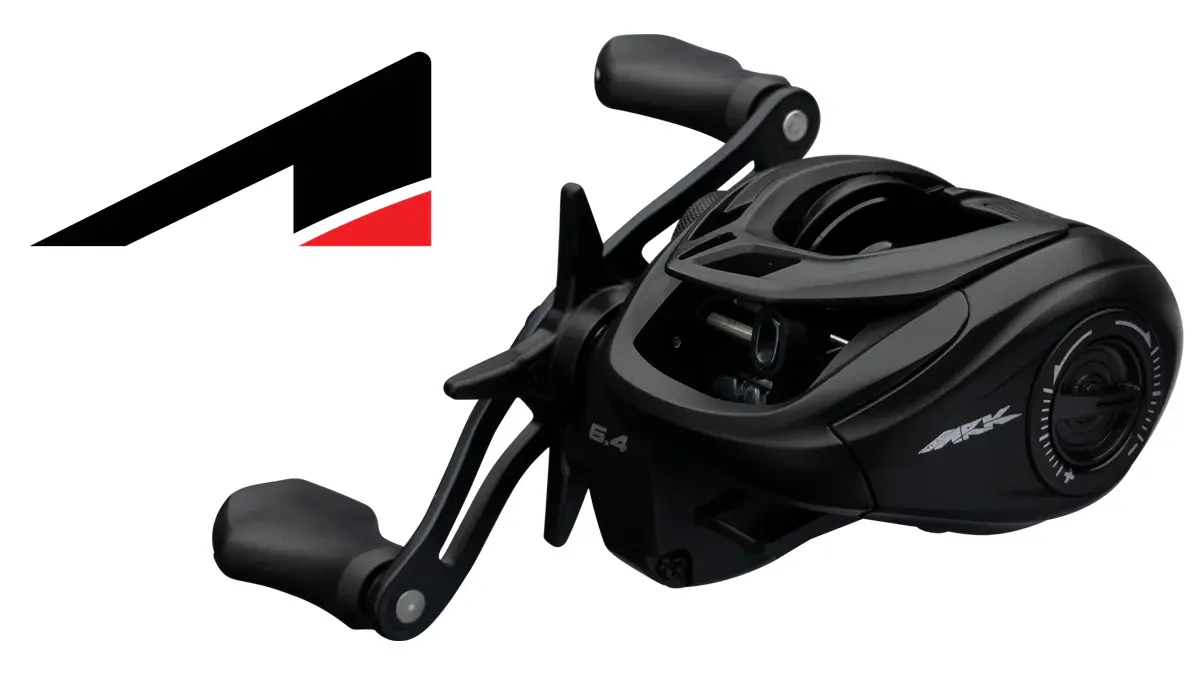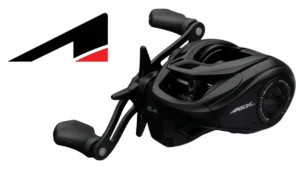There are several things to consider if you’re in the market to buy a casting reel for bass fishing. Quality and price are the two big picture items when looking at buying a reel. You can get a baitcaster for 20 bucks these days, but will it last? And you can spend several hundred dollars on a reel if you’d like, but is that really necessary to buy a quality reel?
These are some of the questions we want to help you with today, while also looking into what factors and features make up a quality reel. Through testing dozens of reels over the years, I’ve learned that, yes, expensive reels are typically quality reels. But more importantly, quality reels aren’t always expensive. Let’s dive in. You can buy the best baitcasters at a lot of price points.
WHAT TO LOOK FOR IN A QUALITY BAITCASTER
The first thing you’ll need to do when looking for a quality baitcaster is ask yourself a question, what do I want to use this reel for? There’s a big difference between a quality all-around reel and a quality reel for big swimbaits, for example. The price will typically go up for reels specifically designed for niche techniques.
Let’s rule out the technique specific stuff for now, as they can vary widely in price. Instead, let’s start by looking at the features that comprise a good, versatile baitcasting reel. Taking these six items into consideration, you can gauge the quality of a baitcaster based on your specific needs.
- Lightweight
- Fits hand well
- Comfortable handle knobs/paddles
- Easy to use/adjust
- Sturdy/strong components
- Rust proof (for saltwater especially)
A QUALITY REEL FIGHTS FATIGUE
The first three bullet points have more to do with fatigue than anything. A quality reel is one that you can fish with for hours on end with little to no pain or discomfort. For most anglers, this means a low-profile, light-weight reel that fits in the palm of the hand well and has paddles or knobs that suit someone’s personal preference.
This latter bit about the handles varies from angler to angler. I personally prefer flat, wide paddles, where some anglers prefer more rounded knobs. Neither is wrong or equates to poor quality, but for it to be a quality reel for you, you’ll want to select one with handles that are comfortable for you to fish with all day.
It’s worth noting too, that there are a select few people with exceptionally large hands that may prefer to use a more rounded reel, as opposed to a low-profile one. This is rare, but something to consider based on personal preferences as well.
A QUALITY REEL SHOULD BE STRONG AND DEPENDABLE
Looking at the second half of our criteria, we see that a quality reel is made up of strong components, assemble in such a way that the reel is easy to use. You can have an extremely durable reel that is heavy and awkward to adjust and it not be a quality reel. A good reel typically has stainless steel or brass used for any metal components and often some sort of strong composite material elsewhere. This combination creates a light reel that is also rustproof.
But strength is just part of the equation. It’s important to select a reel that’s easy to adjust as well. There are three main things to adjust on a baitcaster: drag, spool tension and braking. Almost all baitcasters have a very simple and standard star-shaped drag adjuster on the handle side of the reel. Not a lot of variation here. There’s also a typically a standard spool tension knob, also on the handle side of the reel and about the size of 6 or 7 stacked dimes.
UNDERSTANDING BRAKING SYSTEMS
What really varies a lot on baitcasters is the control for the braking system. For some reels, and some really nice ones, the whole side plate of the reel opposite the handle comes off, to reveal the inner workings of the reel, where the braking system can be adjusted. If you’re a fairly savvy angler with extensive experience adjusting baitcasters, this is not a big deal. But for someone just looking to buy a quality baitcaster for the first time, this can be a little overwhelming.
For the purposes of this part of the conversation, you’ll need to a little personal evaluation. I wouldn’t let a reel with a more complicated braking system deter me from buying it, if I thought it was a quality reel for a good price. But I do also love simplicity, and you’ll find that there are several quality reels that have easy to use, external dials for adjusting the brakes. These dials will be clearly labeled to show which direction they should be turned to apply more or less brake.
WHAT SHOULD A QUALITY REEL COST?
Now this is where the conversation broadens a bit. The bulk of quality baitcasting reels range in price from $100 to $500, with a few solid options coming in below and even above this range. Many agree that a Shimano Metanium (priced at $449) is one of the best reels ever made. But a Shimano SLX A 150 comes in at $100, a fifth of the price and for sure not a fifth of the reel. If the Metanium is the top of the quality scale at a perfect 10, I’d venture to say a SLX is still a 7.5 or 8 out of 10.
I’d rather personally have five high quality reels that score an 8 out of 10 than one phenomenal reel for the same price. This is why the Lew’s Speed Spool LFS Casting Reel (price at $100) is one of my all-time favorite all-around reels. I’ll use beefier reels that cost a little more for my heavy braid applications like punching and frogging, but I’ve used three or four generations of the LFS reels over the last 8 or 9 years and have been very pleased with the strength, comfortability, ease of use and price of them
That being said, when looking for a more technique specific quality reel, I will spend a little more, typically landing between $180 and $250. I do not discredit that there are subtle little differences that set apart the top tier reels with price tags exceeding $300. But, for me, 98% of my arsenal comes in at less than that, somewhere between $80 and $300. This is the range I think you should be able to find a quality technique specific reel in, a strong reel that’s also easy and comfortable to use.
If you’re just getting into fishing, there are some cheaper baitcaster options in the $40 to $70 range that really aren’t bad, that I’d still probably score around a 6/10. But if you fish a fair amount, I think finding a quality reel for around $100 is a good move. Let that be the standard you set and then splurge a little to add a technique specific reel to your lineup here and there. Hopefully this helps.
For a list of current baitcasters we have experience with that we found to the best the best, you can check our best baitcasters guide for many castings reels at various price points.


